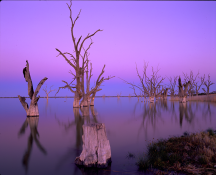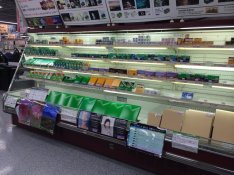RattyMouse
Member
In a few short days I am off to Kyoto for 7 days of nothing but shooting film. I had planned to shoot some Velvia film but now am reconsidering. First off, I am shooting all 6 x 7 format and never plan to project slides this size. I'm wondering if it makes any logical sense to shoot this film when my desired output is a print. In that case, I should buy more color negative film (400H). I do have some Astia 100F in my freezer and I'm going to bring 3-4 rolls of this film to shoot, just to work it off. But for film that I will buy in Japan, I'm thinking that I should perhaps keep all my main shooting on color negative.
I know that I can end up with prints made from Velvia scans, I'm just not sure that this is suitable or now.
My goal is to hopefully make a bunch of images suitable for printing 16 x 20 or larger.
Thanks for any comments!
I know that I can end up with prints made from Velvia scans, I'm just not sure that this is suitable or now.
My goal is to hopefully make a bunch of images suitable for printing 16 x 20 or larger.
Thanks for any comments!














